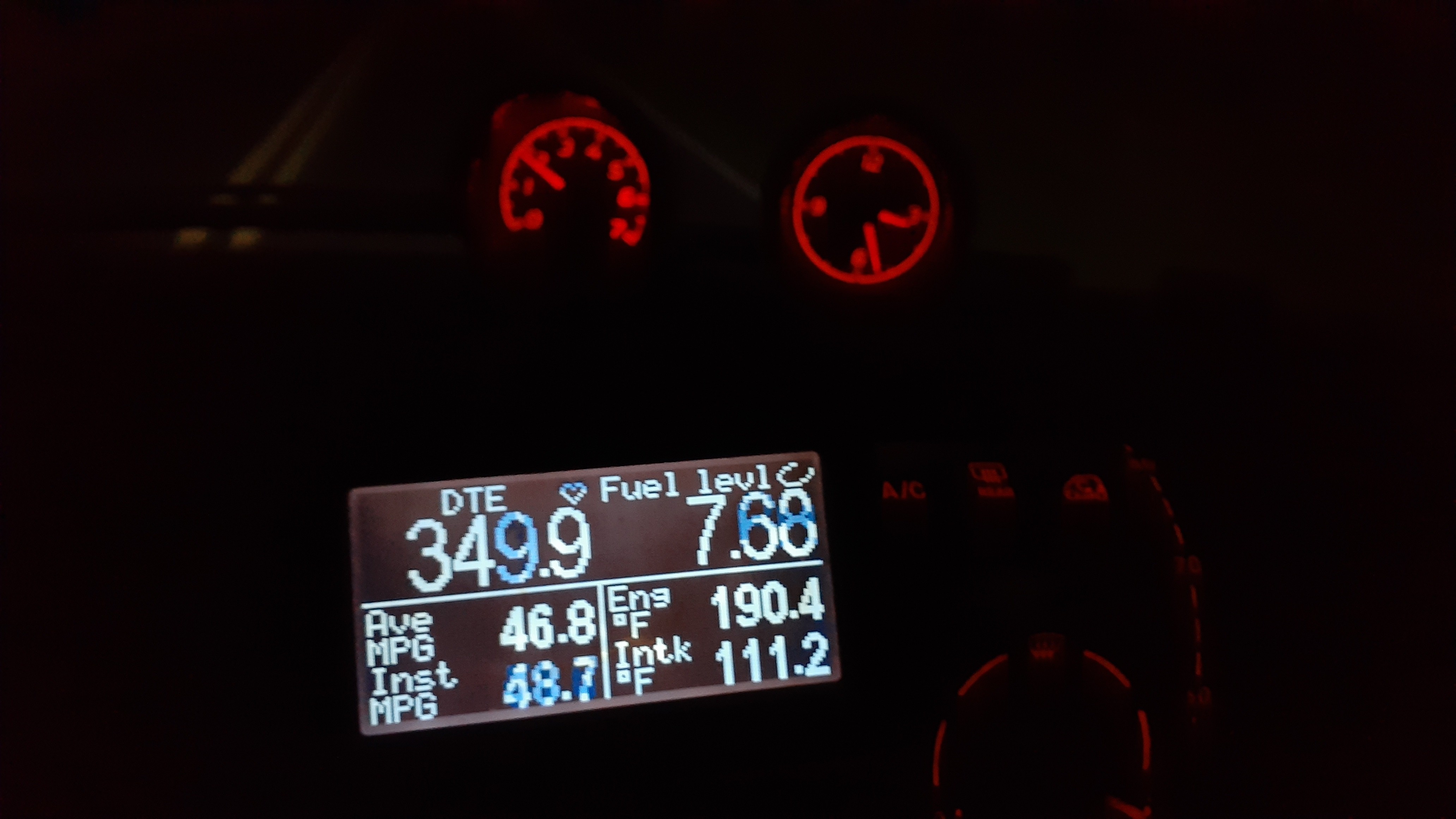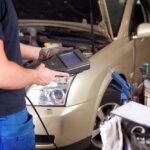For automotive enthusiasts and everyday drivers alike, understanding your vehicle’s health is paramount. While dashboard warning lights offer a basic alert system, they often signal problems when it’s almost too late. Enter the Obd2 Real Time Display – a tool that empowers you with live data straight from your car’s computer, offering a proactive approach to vehicle maintenance and performance monitoring.
What exactly is an OBD2 real time display? It’s a device or software application that taps into your car’s On-Board Diagnostics II (OBD2) port, a standard interface in all vehicles sold in the US since the 1990s. Unlike basic code readers that only reveal stored trouble codes, an OBD2 real time display shows you what’s happening under the hood as it happens. This means accessing a wealth of data from various sensors and systems in your car, presented in an easy-to-understand format.
Think of it as a window into your car’s brain, providing insights into parameters you wouldn’t normally see. Want to verify your speedometer accuracy? Curious about your engine’s coolant temperature or intake air temperature? An OBD2 real time display can show you these and much more, all as you drive.
The benefits of using an OBD2 real time display are numerous, especially when it comes to preventative maintenance. Consider the common issue of engine overheating. Many modern cars lack a traditional coolant temperature gauge. Instead, they rely on a warning light that often illuminates only when the engine is dangerously hot, potentially just moments away from serious damage like a warped cylinder head. An OBD2 real time display, constantly monitoring coolant temperature, can alert you to a gradual temperature increase long before the warning light, giving you time to address a cooling system issue before it becomes catastrophic.
Beyond preventing major breakdowns, real time OBD2 data is invaluable for:
- Performance Monitoring: Track parameters like RPM, speed, throttle position, and engine load to understand your car’s performance in real-time. This is particularly useful for tuning, performance driving, or simply understanding your driving habits.
- Fuel Efficiency: Monitor fuel consumption, engine load, and other related parameters to optimize your driving style for better gas mileage.
- Early Problem Detection: Catch minor issues before they escalate. For example, noticing slightly elevated engine temperatures or unusual sensor readings can indicate a developing problem that’s not yet severe enough to trigger a check engine light.
- Pre-Purchase Inspections: When buying a used car, an OBD2 real time display can be a quick way to check for active sensor issues or unusual readings that might not be apparent during a visual inspection or short test drive.
- Diagnostic Assistance: While not a replacement for a professional scan tool for complex diagnostics, a real time display can provide valuable clues when troubleshooting issues, helping you pinpoint potential problem areas faster.
Historically, dedicated devices like the UltraGauge have been popular choices for real time OBD2 monitoring. These standalone units plug directly into the OBD2 port and display data on their own screens. They are reliable and straightforward to use, requiring no smartphone or additional setup beyond mounting them in a convenient location in your car.
However, technology has advanced, and now a plethora of Bluetooth OBD2 dongles and smartphone apps offer the same functionality, often with even more features and customizable displays. Apps like Torque Pro are widely recommended within the car enthusiast community for their comprehensive data logging, customizable dashboards, and user-friendly interfaces. These apps, paired with an inexpensive Bluetooth dongle, turn your smartphone or tablet into a powerful OBD2 real time display.
Choosing the right OBD2 real time display depends on your needs and preferences. If you prefer a dedicated, always-on display without relying on your phone, a standalone device like UltraGauge remains a solid choice. If you value versatility, customization, and potentially more advanced features like data logging and sharing, a Bluetooth dongle and smartphone app combination might be more appealing.
Regardless of the type you choose, an OBD2 real time display is an invaluable tool for any car owner who wants to be more connected to their vehicle’s inner workings. It empowers you to monitor your car’s health proactively, understand its performance better, and potentially prevent costly repairs down the road. In a world where cars are increasingly complex, having real-time data at your fingertips is no longer a luxury, but a smart investment in your vehicle’s longevity and your peace of mind.

